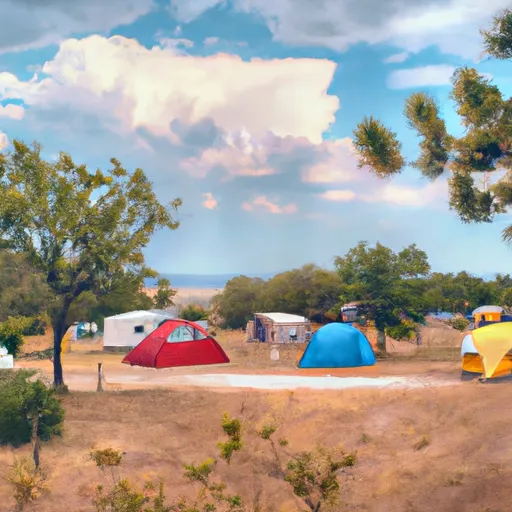Summary
The city receives an average of 38 inches of rainfall per year, with most occurring in the spring and fall. The Trinity River runs through the city and serves as a major source of water for the area. The river and its tributaries also provide opportunities for outdoor recreation such as kayaking, fishing, and biking along the Trinity Trail. The city also has numerous parks and green spaces, including the Dallas Arboretum and Botanical Garden and Klyde Warren Park, which offer a variety of recreational activities.
Weather Forecast
Dallas receives approximately 960mm of rain per year, with humidity levels near 78% and air temperatures averaging around 19°C. Dallas has a plant hardyness factor of 8, meaning plants and agriculture in this region tend to thrive here all year round.
Area Campgrounds
| Location | Reservations | Toilets |
|---|---|---|
 Captain Hook
Captain Hook
|
||
 Black Beard
Black Beard
|
||
 Tejas
Tejas
|
||
 Dry Gulch
Dry Gulch
|
||
 Davey Crockett
Davey Crockett
|
||
 Carlsbad
Carlsbad
|

 San Jacinito Plaza
San Jacinito Plaza
 Klyde Warren Park
Klyde Warren Park
 Celebration Of Life Park
Celebration Of Life Park
 James W. Aston Park
James W. Aston Park
 Anita Harris Phelps Park
Anita Harris Phelps Park